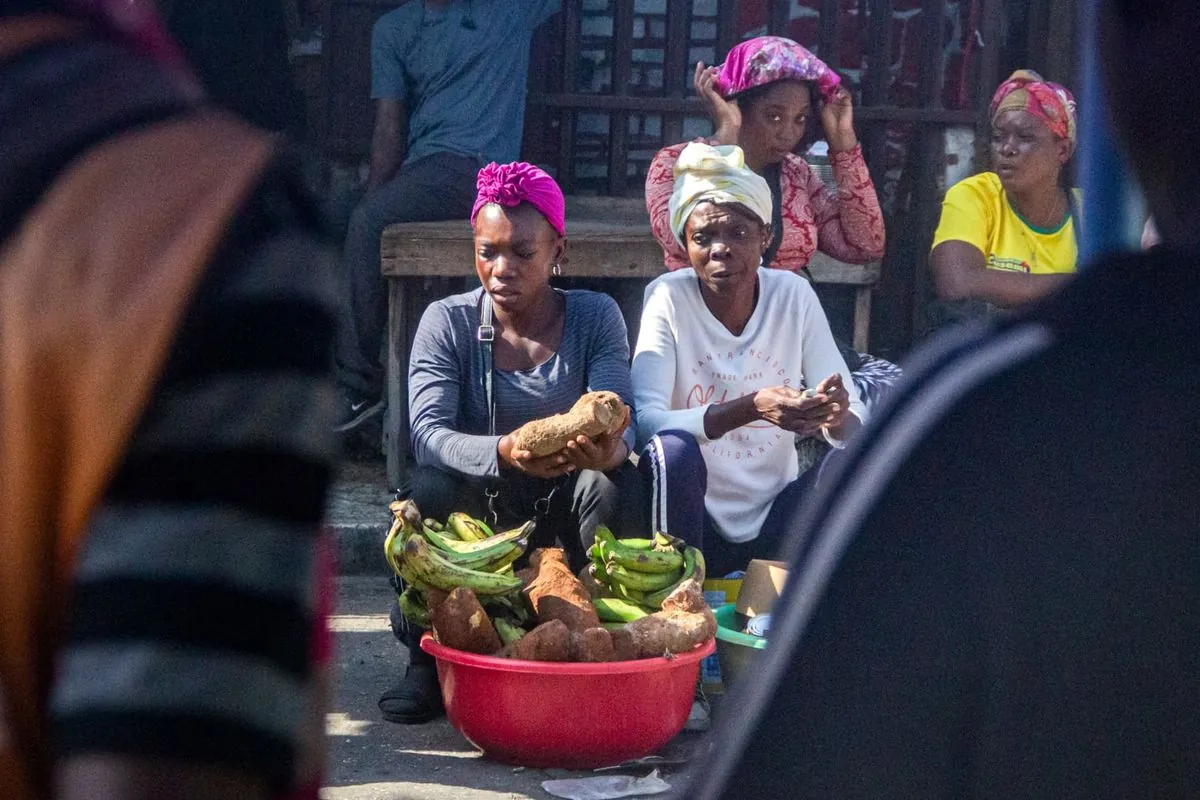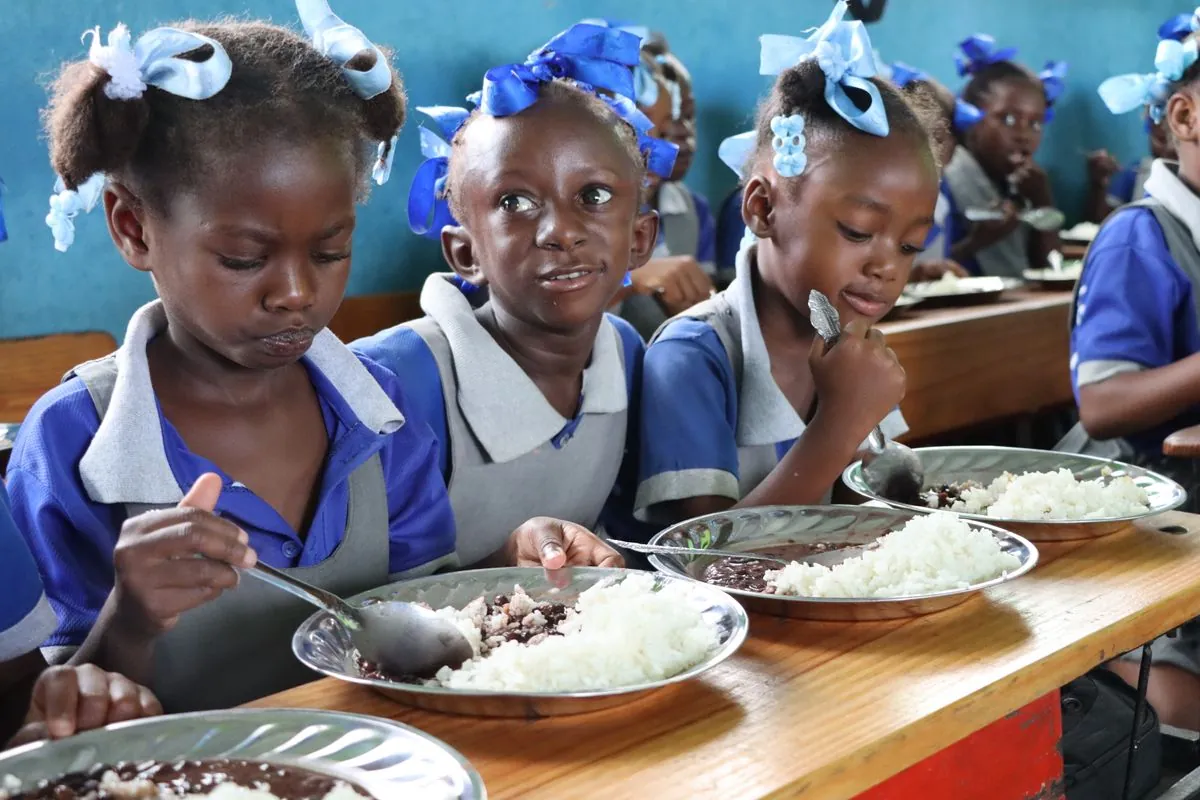Haiti's Hunger Crisis Deepens: 5.4 Million Face Severe Food Insecurity
Haiti's hunger crisis worsens as gang violence and inflation push millions into food insecurity. UN data shows 5.4 million Haitians experiencing severe hunger, with projections indicating further deterioration.

In a stark revelation of Haiti's deepening humanitarian crisis, recent data indicates that 5.4 million Haitians are currently grappling with severe hunger. This alarming figure, released by the Integrated Food Security Phase Classification (IPC), underscores the dire situation in the Caribbean nation, where nearly half of the 11 million population faces food insecurity.
The crisis, exacerbated by escalating gang violence and soaring inflation, has pushed at least 6,000 Haitians into catastrophic levels of hunger. This classification, the most severe on the IPC scale, signifies a state of near-starvation and destitution. The situation has deteriorated significantly since late March 2024, when the number of those experiencing severe hunger was estimated at just under 5 million.
Haiti, once known as the "Pearl of the Antilles" due to its natural beauty and resources, has long struggled with political instability and economic challenges. As the poorest country in the Western Hemisphere, it has endured over 30 coups since gaining independence from France in 1804. The nation's vulnerability to natural disasters, including the devastating 2010 earthquake that killed over 200,000 people, has further compounded its struggles.
The current crisis is deeply rooted in the country's complex socio-economic landscape. With an economy heavily reliant on remittances from abroad, accounting for about 30% of GDP, Haiti faces numerous challenges. The country's high unemployment rate, estimated at around 40%, coupled with limited access to clean water for only 65% of the population, creates a perfect storm for food insecurity.

"The gangs forced us out. I lost my parents - my mother and father. The gangs burned them alive in the house, and now we can't go back."
The situation is particularly dire for the over 700,000 people displaced by ongoing conflict, many of whom reside in makeshift camps. These individuals, having fled without belongings, now struggle to earn money to feed their families. The closure of Port-au-Prince's main port, extended through October 4, 2024, is expected to further exacerbate shortages and drive up prices.
International efforts to address the crisis face significant challenges. The United Nations Security Council recently renewed its mandate for a Kenyan-led international security force to assist Haitian police in combating gangs. However, a year into the mission, troop deployment remains limited, and funding is scarce. Haiti's interim government has requested the force be converted into a formal UN peacekeeping mission, but this move has faced opposition from China and Russia.
The hunger crisis in Haiti is not a recent phenomenon. The situation has worsened dramatically since 2014, with close to half the population now suffering severe food insecurity. This marks a stark contrast to a decade ago when U.S. aid group Mercy Corps estimated food insecurity affected just 2% of the population.
As Haiti grapples with this humanitarian crisis, it's crucial to recognize the broader context of the country's challenges. With a young population (median age of 24), a literacy rate of about 61%, and a life expectancy of around 64 years, Haiti faces significant obstacles in addressing its food security issues. The country's limited natural resources, including only 2% forest cover remaining due to high deforestation rates, further complicate efforts to achieve sustainable food production.
As the situation continues to evolve, the international community must remain vigilant and supportive of efforts to address Haiti's complex humanitarian needs. The coming months will be critical in determining whether the projected increase to 5.5 million people facing severe hunger by June 2025 can be averted through concerted action and support.


































